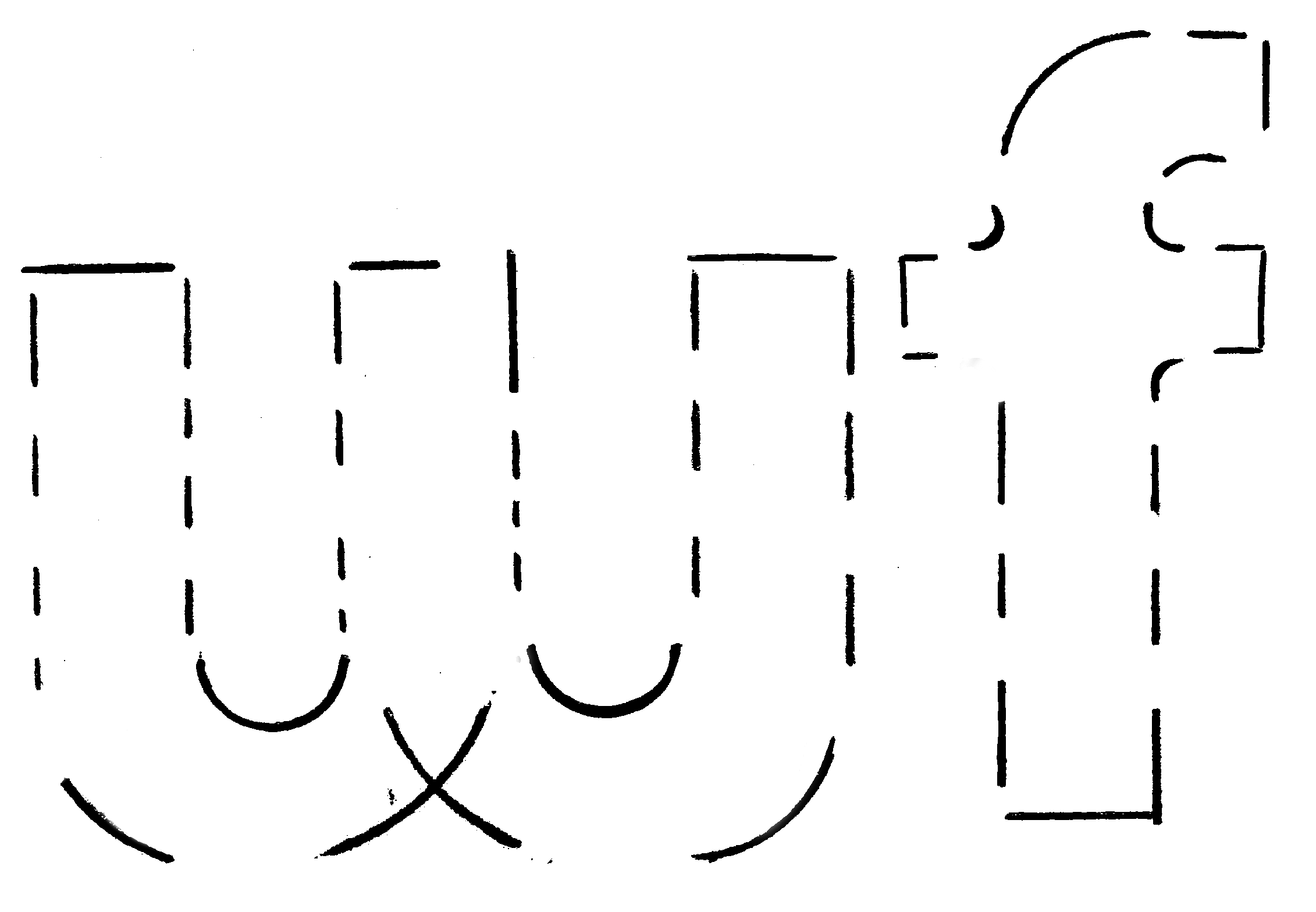Everything is in the language we use
Jul 15 — Aug 22, 2020
Description:
Everything is in the language we use was an exhibition featuring the work of Mercedes Eng, Emma Hedditch, and Lis Rhodes.This exhibition, which borrows its title from a poem by Layli Long Soldier, brought together artists who negotiate the distance between the seen and the unseen. Using word, image, and action, the artists engaged in an insistent gesture of making visible the legal, political, social, and economic systems that govern our lives. The works in the exhibition explored how language can be wielded as a tool to open up and break down structures of power.
Everything is in the language we use was mounted during the COVID-19 pandemic, and in response, took a hybrid form with content presented both in-person and online. The exhibition was accompanied by the weekly launch of a audio recordings featuring selections from Lis Rhodes’s book of collected writing, Telling Invents Told (2019), read aloud by artists and curators including Christina Battle, Almudena Escobar López, Annie MacDonell, Elizabeth Zvonar, and Crystal Z Campbell; a reading group of Mercedes Eng’s Prison Industrial Complex Explodes (2017) facilitated by Cecily Nicholson; and an audio description of Lis Rhodes’s film Journal of Disbelief (2000) created by Jae Lew, Cori Coutu, Emma Hedditch, and Tiffany Muñoz made available to stream online for a limited time.
Hedditch also created two proposals focused on structural and administrative questions at Western Front. The first proposal took the form of a voluntary survey that was sent to staff and included questions about the various roles at Western Front. The second proposal was an instructional work connected to artist lodging at Western Front. Both proposals were made available as PDFs on the Western Front website.
Curated by Pablo de Ocampo.
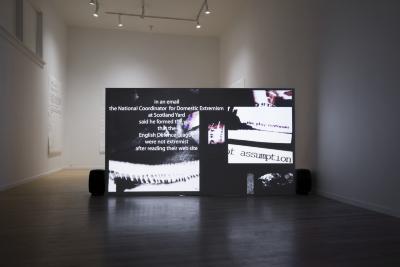
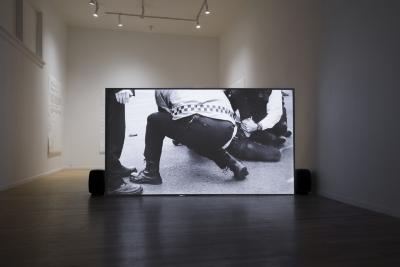
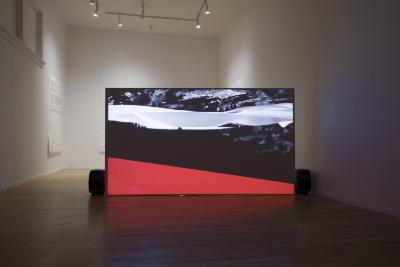
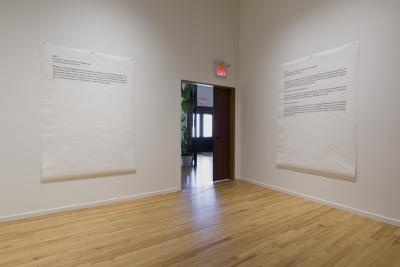
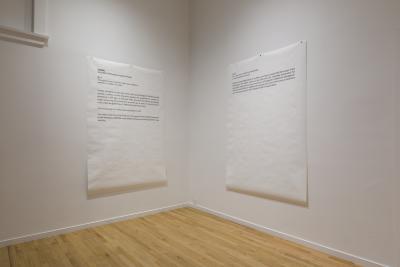
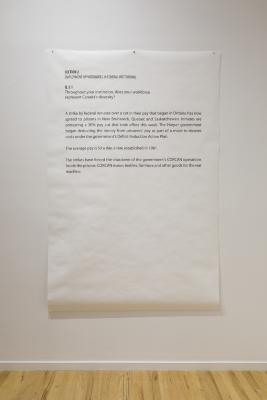

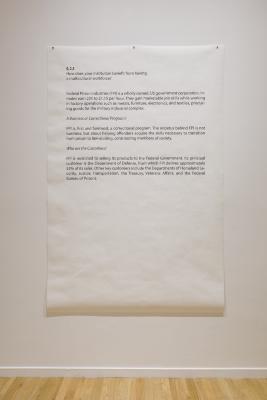
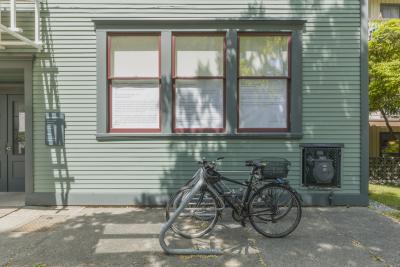
Related People
- Pablo de Ocampo (Curator)
Related Events
Captions:
- Everything is in the language we use, installation view, Jul 15 – Aug 22, 2020. Photo by Dennis Ha.
- Everything is in the language we use, installation view, Jul 15 – Aug 22, 2020. Photo by Dennis Ha.
- Everything is in the language we use, installation view, Jul 15 – Aug 22, 2020. Photo by Dennis Ha.
- Everything is in the language we use, installation view, Jul 15 – Aug 22, 2020. Photo by Dennis Ha.
- Everything is in the language we use, installation view, Jul 15 – Aug 22, 2020. Photo by Dennis Ha.
- Mercedes Eng, Prison Industrial Complex Explodes: A Poem (2017), installation view, Jul 15 – Aug 22, 2020. Photo by Dennis Ha.
- Mercedes Eng, Prison Industrial Complex Explodes: A Poem (2017), installation view, Jul 15 – Aug 22, 2020. Photo by Dennis Ha.
- Mercedes Eng, Prison Industrial Complex Explodes: A Poem (2017), installation view, Jul 15 – Aug 22, 2020. Photo by Dennis Ha.
- Everything is in the language we use, installation view, Jul 15 – Aug 22, 2020. Photo by Dennis Ha.
